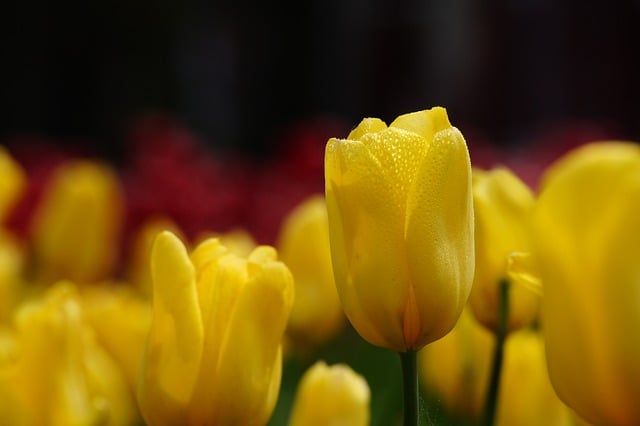Throughout history, flowers have held a significant place in various cultures, revered not only for their beauty but also for their symbolic meanings. Among the many sacred traditions found within religions, the ritual of flower blessing stands out as a profound practice that intertwines spirituality with nature. This age-old tradition embodies the idea of gratitude, reverence, and the vibrant cycle of life, inviting participants to reflect upon their own connection to the divine.
The concept of flower blessing can be seen across numerous faiths, where blooms are presented as offerings in temples, churches, and places of worship. For instance, in Buddhism, flowers symbolize the impermanence of life, reminding followers that just as blossoms bloom and wilt, so too do our lives and experiences change. To honor this ephemerality, devotees often bring fresh flowers to shrine altars, expressing their devotion and mindfulness.
In Christianity, the connection between flowers and blessings can be observed during special ceremonies such as weddings and baptisms. Here, flowers are not merely decorative; they are imbued with meaning and purpose. The act of blessing these beautiful creations brings forth a sense of purity and love into sacred rituals, reinforcing the communal spirit and shared joy that such occasions entail. Each bloom represents new beginnings, hope, and the divine grace imparting blessings upon the lives being united or devoted to God.
Hinduism, too, places great emphasis on the use of flowers within rituals. The practice of offering flowers to deities during puja signifies devotion and respect. Each flower type carries its own significance; for example, marigolds are often used to symbolize positivity and warmth, while lotuses represent purity and spiritual enlightenment. Through the act of flower blessing, devotees cultivate a deeper connection with their faith, enriching their spiritual journey with fragrant offerings that celebrate creation and existence.
Beyond institutional religious practices, personal rituals involving flowers can foster moments of reflection and connection to higher powers. Whether it’s a single bloom placed on a bedside table or a bouquet used in meditation, these symbols of nature can help individuals center themselves and access gratitude. Engaging with flowers in this way enhances mindfulness, encouraging people to appreciate the beauty and fragility of life.
The emotional resonance of a flower blessing transcends religious boundaries. It acts as a unifying thread in humanity’s collective consciousness, connecting individuals to their beliefs and to one another. Flowers can evoke feelings of joy, love, and tranquility, bringing light into even the darkest corners of existence. The sacredness attributed to this ritual brings people together, fostering a sense of community, compassion, and shared values.
As we navigate our lives filled with chaos and uncertainty, embracing the tradition of flower blessing offers a gentle reminder to pause and reflect. To take a moment to honor the beauty surrounding us, grounding ourselves in the certainty that every petal holds a story worth embracing. Just as flowers bloom, so too can our spirits flourish through these sacred practices that intertwine the divine, nature, and the human experience.
Ultimately, the act of flower blessing serves not just as a spiritual exercise but as a celebration of life itself. By engaging with this tradition, we open ourselves up to the myriad blessings that nature and our beliefs can provide, nurturing our souls and enhancing our understanding of the interconnectedness of all things.




